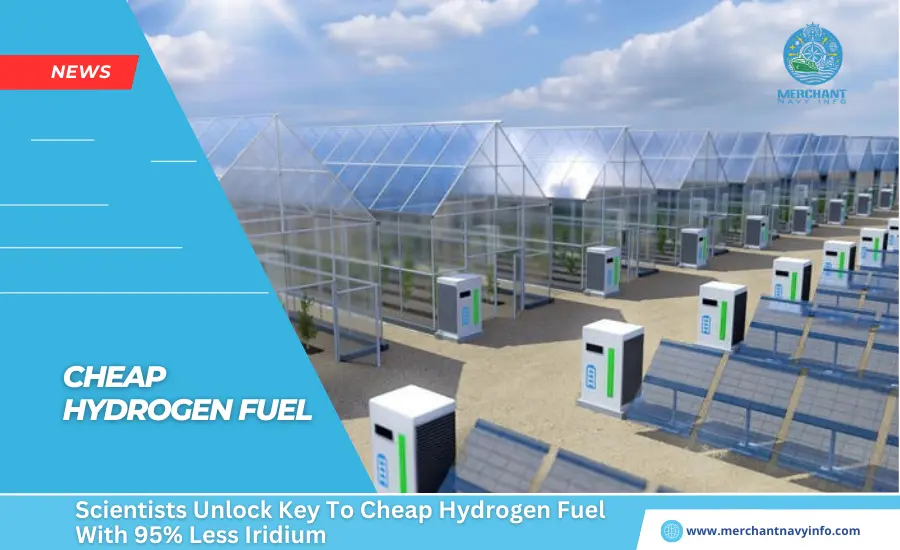
Researchers from the RIKEN Center for Sustainable Resource Science (CSRS) in Japan may have found the secret to producing cheaper hydrogen fuel. The secret could be to mix a little manganese with the much rarer iridium commonly required today.
At present, hydrogen production needs a catalyst to break the bonds of water and free the hydrogen. The best of these catalysts discovered so far has been iridium.
However, this rare transition metal is very hard to come by, making it expensive to use in bulk. “Iridium is so rare that scaling up global hydrogen production to the terawatt scale is estimated to need 40 years’ worth of iridium,” says co-first author Shuang Kong.
However, the RIKEN researchers have discovered that manganese can help do some of the heavy lifting. Enabling a reduction of up to 95% of the iridium content required. Reducing this much iridium as the main catalyst doesn’t appreciably affect hydrogen production.
If scaled up, this discovery could help make hydrogen fuel a realistic alternative to carbon-based fuels.
Can Manganese Enable A “Green Hydrogen Fuel” Future?
This is especially true given that 70% of the Earth is covered in the raw resource required to make fuel: water. However, it is yet to be possible to extract hydrogen from water on a scale rivaling fossil fuel-based energy production.
The current global energy production is approximately 18 terawatts. Alternative environmentally friendly methods of energy production to replace fossil fuels must be capable of generating power at the same rates.
The team is working towards developing sustainable catalysts using common earth metals. Their recent success involved stabilizing green hydrogen production at a high level using manganese oxide as a catalyst. However, this method may take several years to achieve industrial-level production.
“We need a way to bridge the gap between rare metal- and common metal-based electrolyzers so that we can make a gradual transition over many years to completely sustainable green hydrogen,” says Nakamura.
Researchers have discovered a way to sustain hydrogen production in a proton exchange membrane (PEM) electrolyzer using less iridium. They achieved this by spreading individual iridium atoms on a piece of manganese oxide, preventing them from clumping together.
More Investigation Needed
With the new catalyst, hydrogen production was possible continuously for over 3000 hours (about four months) at 82% efficiency without any degradation. “The unexpected interaction between manganese oxide and iridium was key to our success,” says co-author Ailong Li.
“This is because the iridium resulting from this interaction was in the rare and highly active +6 oxidation state,” he added. Nakamura believes that the level of hydrogen production achieved with the new catalyst has a high potential for immediate usefulness.
“We expect our catalyst to be easily transferred to real-world applications,” he says, “which will immediately increase the capacity of current PEM electrolyzers.”
In the future, the team will have begun working with industry partners who have improved the original iridium-manganese catalyst. They also intend to continue studying the chemical interaction between iridium and manganese oxide. In order to reduce the required amount of iridium.










